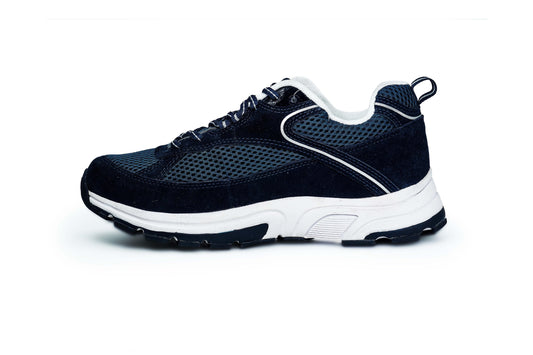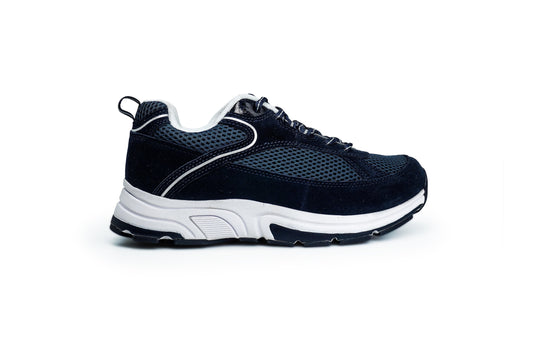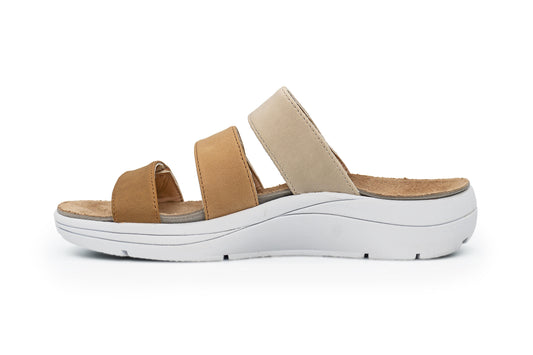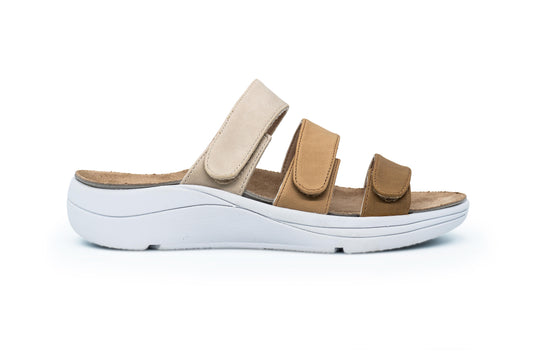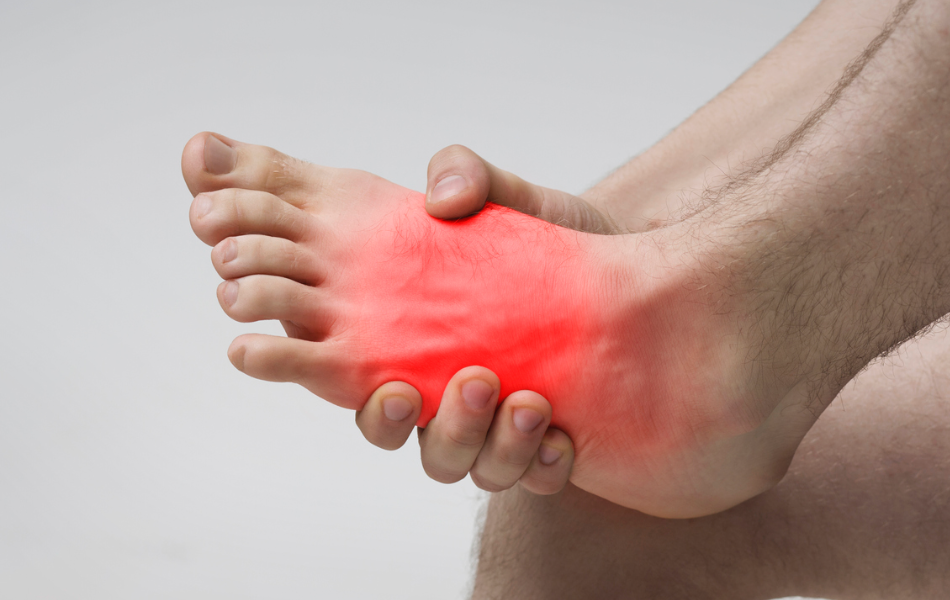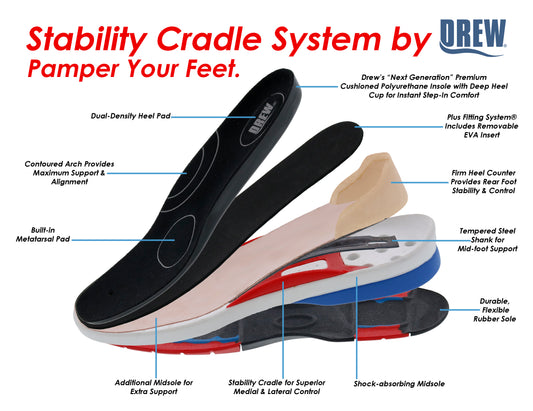Foot pain can interfere with everyday activities and make walking uncomfortable. Pain on the top of the foot—whether across the bridge, near the fifth metatarsal, or around the ankle—can have several underlying causes. Understanding these causes and exploring effective treatment methods can help restore comfort and mobility.
Stress Fractures
Stress fractures are tiny cracks in bones caused by repetitive stress or overuse. They commonly affect the metatarsals on the top of the foot. Swelling, bruising, and pain that worsens with activity are typical signs.
Tendinitis
Inflammation of the tendons, especially the extensor tendons on top of the foot, can cause pain, swelling, and stiffness, often making it difficult to move the toes freely.
Metatarsalgia
Metatarsalgia refers to pain and inflammation in the ball of the foot due to pressure on the metatarsals. Ill-fitting shoes and high-impact activities often worsen the discomfort.
Causes of Pain on the Top of the Foot

• Fifth Metatarsal Pain
Located on the outer side of the foot, the fifth metatarsal can become painful due to fractures, sprains, or stress injuries. This type of pain is especially common among athletes.
• Pain in the Upper Foot
Discomfort near the ankle or upper part of the foot may arise from arthritis, ganglion cysts, or nerve compression, often leading to swelling and tenderness.
• Middle Toe Pain
Conditions such as Morton’s neuroma, hammer toe, or metatarsalgia can result in pain in the middle toes, affecting balance and mobility.
Common Symptoms of Top Foot Pain
Signs of top foot pain often include swelling, redness, tingling sensations, reduced flexibility, and sharp or dull pain that worsens with walking or weight-bearing.
Treatments for Top Foot Pain
• Rest and Ice
Resting the foot, applying ice, and elevating it above heart level can reduce swelling and soothe mild discomfort.
• Proper Footwear

Supportive footwear plays a crucial role in relieving and preventing foot pain. At DiabeticShoe.in, you’ll find medically designed footwear for men and women with features like cushioned insoles, wide toe boxes, and superior arch support.
• Physical Therapy
Targeted exercises can help strengthen the foot, improve flexibility, and address conditions like tendinitis or metatarsalgia.
• Medications
Over-the-counter anti-inflammatory medications can reduce swelling and pain. In more severe cases, corticosteroid injections may be prescribed.
• Metatarsalgia Relief at Home
Home treatments may include using metatarsal pads, stretching exercises, or rolling a massage ball under the foot to relieve pressure and tension.
Preventing Foot Pain
Maintaining healthy body weight, exercising regularly, and gradually increasing activity levels can lower the risk of top foot pain. Most importantly, replacing worn-out shoes with supportive footwear prevents unnecessary strain on the feet.
When to Seek Medical Help

Persistent or severe pain, swelling, or difficulty walking requires professional attention. A healthcare provider can identify underlying causes through diagnostic tests and recommend the best treatment approach.
Stepping Forward With Ease
Top foot pain doesn’t have to hold you back. With the right footwear, preventive measures, and timely care, it’s possible to reduce discomfort and protect your feet from further strain. Making thoughtful adjustments today can help you walk confidently and comfortably tomorrow.

